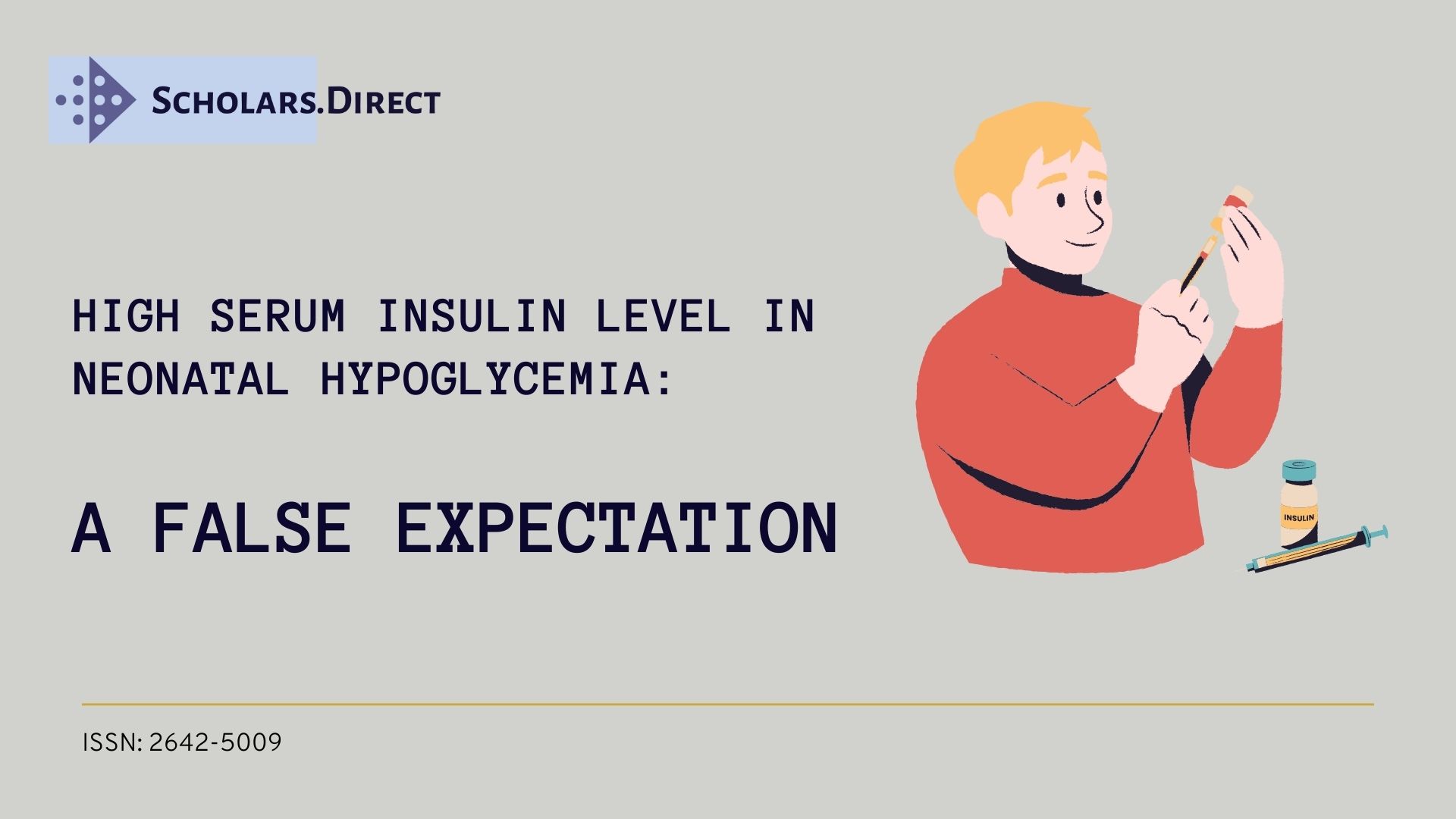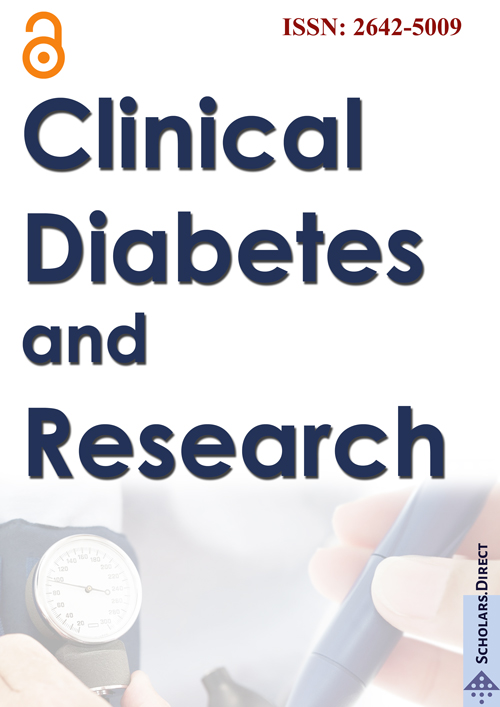High Serum Insulin Level in Neonatal Hypoglycemia: A False Expectation
Hyperinsulinemia literally means high serum insulin level (Hyper: Excess, over, beyond, exaggerated). The Pediatric Endocrine Society recommends measuring serum insulin in the evaluation of persistent hypoglycemia in neonates [1]. However, the serum insulin might not be high in cases of hypoglycemia secondary to hyperinsulinism- thus it is a false expectation.
The plasma insulin concentration is affected by its pharmacokinetics. A large fraction of the pancreatic insulin is cleared by the liver at first bypass. Therefore, the insulin concentration measured in peripheral plasma may be up to 90% lower than the initial peak concentration [2]. The other caveat is that a complete reference system in conformance with International Organization for Standardization requirements is yet to be established for insulin [3].
The argument in favor of obtaining serum insulin level during a hypoglycemic episode is as follows. When hypoglycemia happens, the first metabolic response is the total suppression of insulin. Therefore, any detectable level of serum insulin at the time of hypoglycemia can be considered abnormal and should be regarded as evidence of inappropriate insulin secretion [4]. This means that even a low insulin level concomitantly noted with episode of hypoglycemia could also be expected rather than a high insulin level.
The guidelines by Pediatric Endocrine Society states: "An exaggerated glycemic response (> 30 mg/dL [> 1.7 mmol/L]) is nearly pathognomonic of hyperinsulinism. Because plasma insulin concentration is sometimes not above the lower limit of detection, it is important to include the following tests when assessing the possibility of hypoglycemia due to hyperinsulinism: plasma serum Beta-hydroxybutyrate (BOHB) and Free Fatty Acid (FFA). In hyperinsulinemia, both are inappropriately low; BOHB < 1.5 mmol/L [< 15 mg/dL] and FFA < 1.0-1.5 mmol/L [< 28-42 mg/dL]) and there will be an increased glycemic response to glucagon".
We therefore suggest that hyperinsulinemia is a false expectation in cases of hypoglycemia. The best approach in the work up for a neonatal hypoglycemia is to use a combination of low serum glucose, low serum ketone bodies and a positive glucagon stimulation test and not relying on serum insulin level.
Conflict of Interest
None.
Funding Source
None.
References
- Thornton PS, Stanley CA, DeLeon DD, et al. (2015) Recommendations from the pediatric endocrine society for evaluation and management of persistent hypoglycemia in neonates, infants, and children. J Pediatr 167: 238-244.
- De Leon DD, Stanley CA (2013) Determination of insulin for the diagnosis of hyperinsulinemic hypoglycemia. Best Pract Res Clin Endocrinol Metab 27: 763-769.
- Miller WG, Thienpont LM, Van Uytfanghe K, et al. (2009) Toward standardization of insulin immunoassays. Clin Chem 55: 1011-1018.
- Palladino AA, Bennett MJ, Stanley CA (2008) Hyperinsulinism in infancy and childhood: When an insulin level is not always enough. Clin Chem 54: 256-263.
Corresponding Author
Shabih Manzar, MD, Associate Professor, Department of Pediatrics, School of Medicine, Louisiana State University Health Sciences Centre, 1501 Kings Highway, Shreveport, LA 71130, USA, Tel: 318-626-1623, Fax: 318-698-4305
Copyright
© 2021 Manzar S. This is an open-access article distributed under the terms of the Creative Commons Attribution License, which permits unrestricted use, distribution, and reproduction in any medium, provided the original author and source are credited.





